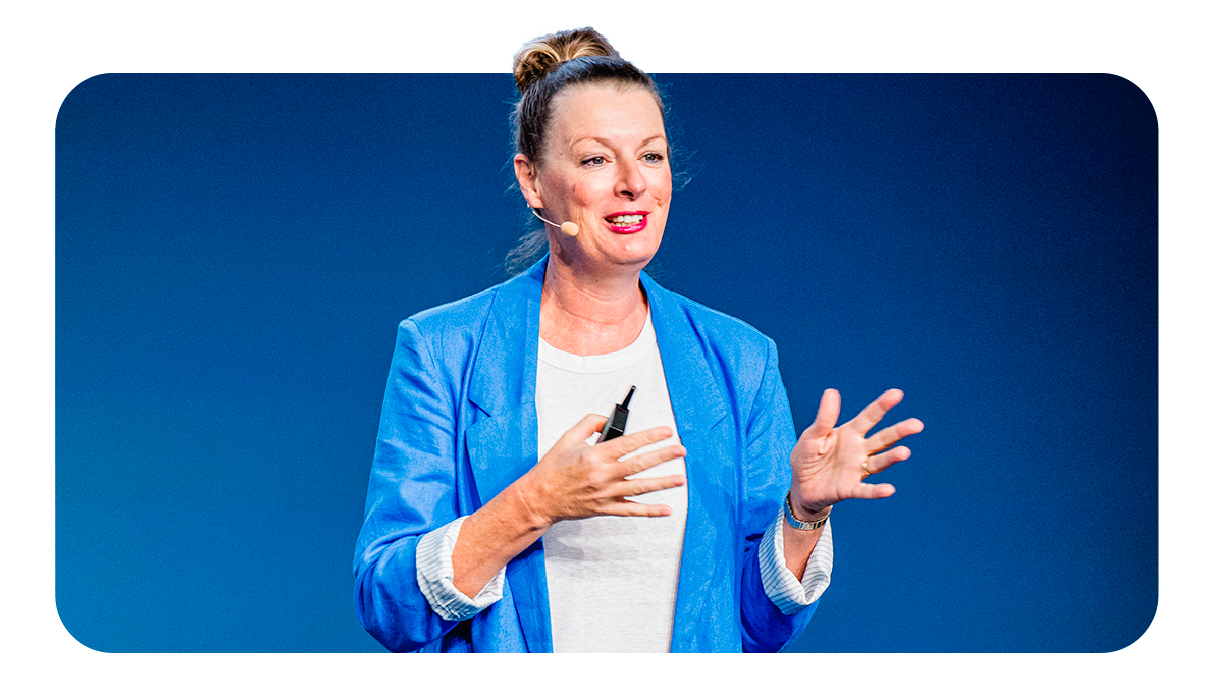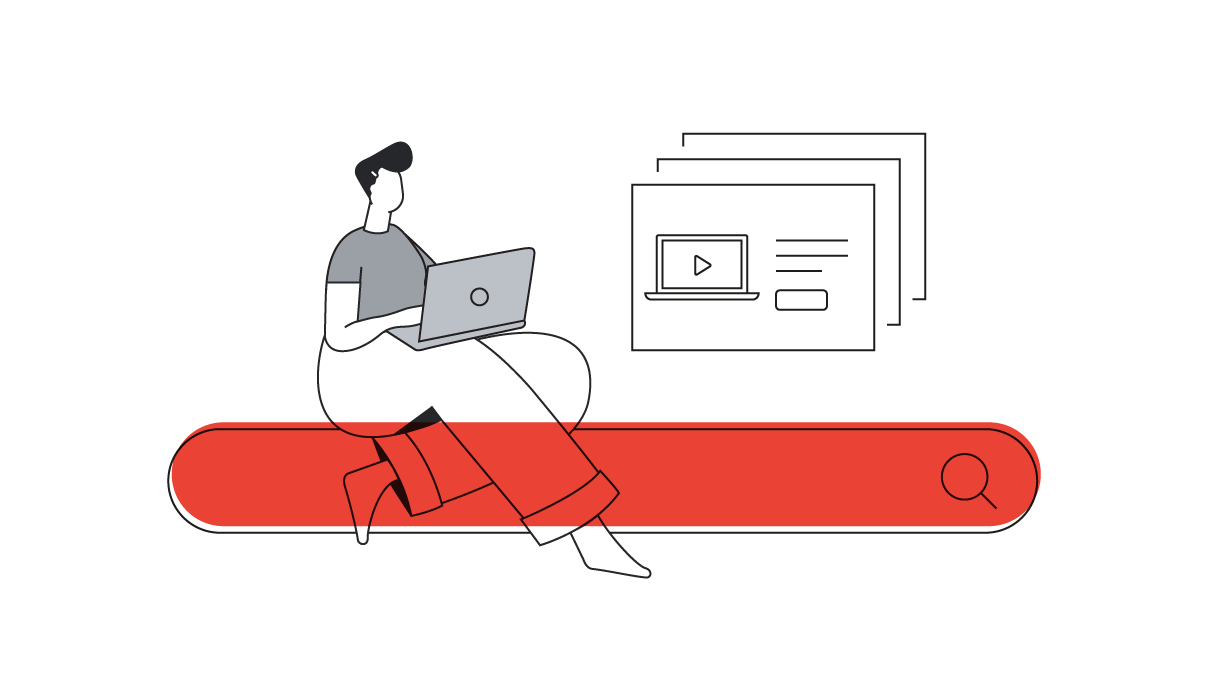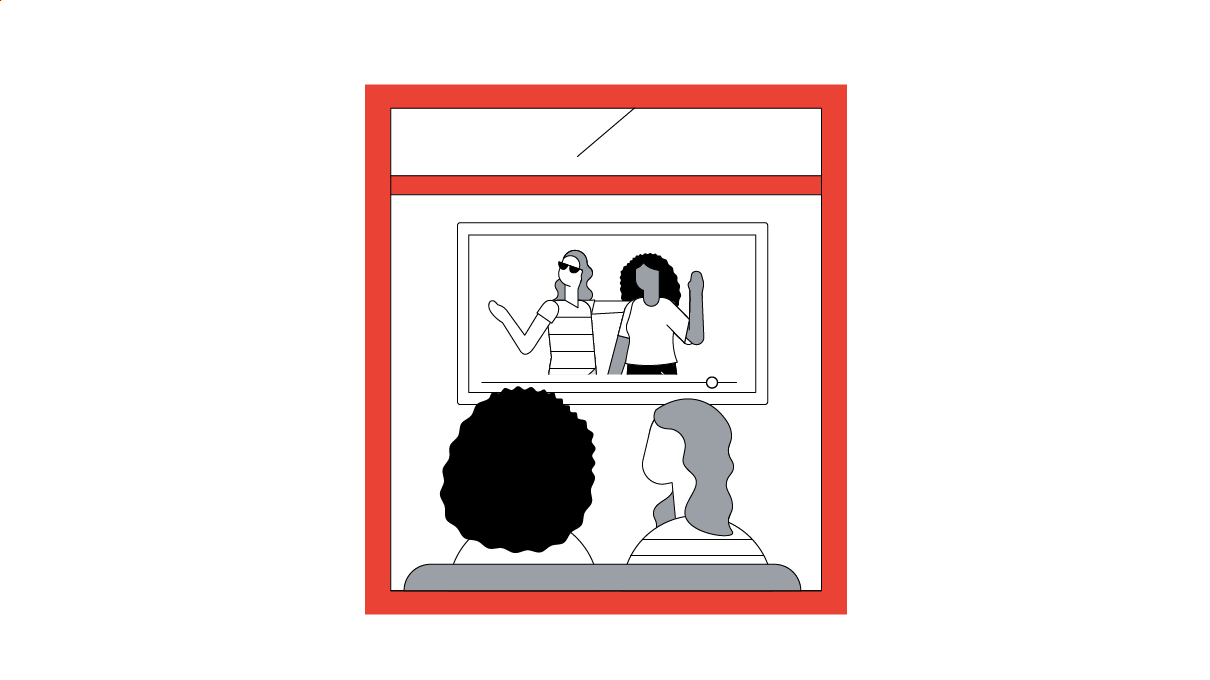Everyone’s brains are wired differently, but for neurodivergent people those differences can be significant. In the U.K., it’s estimated that nearly 1 in 7 people experience some form of neurodiversity — a term used to describe a broad range of brain functions and behavioural traits that might be considered atypical.
As director of user experience at Google, I was involved in the creation of our first Accessibility Discovery Centre (ADC), which opened in the U.K. in 2022. During the process of shaping this room, I noticed the focus was on the well known, often visible disabilities, while little attention was paid to the accessibility needs present in neurodivergent people.
I believe this is representative of society as a whole. And so it seemed a natural fit to start introducing some of the watchouts and pitfalls we experienced while designing the centre, into the wider company.
It’s society’s barriers, not individual differences, that disable people.
As part of Google’s Disability Alliance — our employee resource group — we introduced a subdivision for neurodivergent individuals to help boost their representation. Below, I’ll share some of the most valuable lessons we learnt in our first year.
Building empathy
The first thing we did within our sub team was hosting a workshop to facilitate open discussion. What quickly came out of this was that there was significant overlap between the needs of each individual. It was reassuring for people to find out that they weren’t alone — and since then our workshops have become a safe forum for people to share their experiences and support each other.
This was key to understanding the existing barriers and creating an environment where neurodivergent individuals feel empowered, can proudly self-identify, and can openly discuss daily challenges.
For example, many often feel the need to “mask” aspects of themselves to better conform to social needs. But we all have the power to influence, change, and remove these barriers. It’s society’s barriers, not individual impairments or differences, that disable people.
Capturing different ways of looking at the world will help you make more thoughtful decisions and deliver higher quality work.
To help educate others, many neurodivergent individuals at Google have now adopted a “working with me” document (also referred to as a “user manual”) where they outline their preferred ways of working, communication, and collaboration. For example, they might mention challenges with lengthy email threads or meetings without a set agenda. They can attach these documents to their internal digital profiles so that anyone can access them.
This has proved a powerful step in creating an understanding, highlighting individual needs, and fostering a more inclusive place to work.
Inclusive ways of working
When we opened the ADC, our primary goal was to promote accessible technologies and remove everyday barriers faced by people with additional needs. We tried to create a vibrant, dynamic, and immersive space.
But we soon realised that such an environment posed challenges for some neurodivergent individuals due to sensory overload and distractions. So we went back to the drawing board, incorporating features such as adjustable lighting, curtains to hide parts of the space, and designated quiet areas to cater to different needs.
Creating an environment where everyone can thrive and do their best work can be challenging, especially when spaces are shared. As such, the most important thing you can do is raising awareness and providing flexibility, whether that's offering set desks for those who struggle with change, ways to signal availability, or quiet corners with seating positioned to minimise distractions.
If there’s a diverse team behind it, your work will inherently be more authentic and universally accessible.
Technology can also be a game changer. Generative AI, for example, allows people to consume information in the way they prefer by converting content from one media type to another, whether that’s text to speech or distilling vast amounts of text into concise points — a task that can be really challenging for some people. Additionally, AI can improve productivity by assisting with task management, proactive nudging, and creating personalised learning materials and development programmes.
Diversity at the heart of everything
Building workplaces for everyone is a fundamental part of attracting and retaining diverse teams. And that trickles down in everything you do as a business. If there’s a diverse team behind it, your work will inherently be more authentic and universally accessible.
This is especially true in marketing. The broader the range of viewpoints and personal experiences within your team, the closer you will get to the type of content that really resonates with your audience. It’s extremely hard to create compelling, out-of-the-blue scenarios you’re not familiar with. Just being creative or having an imagination isn’t enough when it comes to true representation.
Ultimately, you want to reach and inspire as many people as possible, whether in the workplace or marketing. Capturing different ways of looking at the world will help you make more thoughtful decisions and deliver higher quality work.
A core focus of our working group is to raise issues that are difficult for individuals to address but important for Google to have on its radar. And it’s that constant interaction with the community that allows us to help identify and remove barriers.
It all starts with education. To be an ally, it’s key to be open minded, challenge the status quo, and be appreciative of everyone’s individual needs. It’s not always possible to create universal best practices, but we can all listen, remember, and use our voice to raise awareness — and design for everyone.






